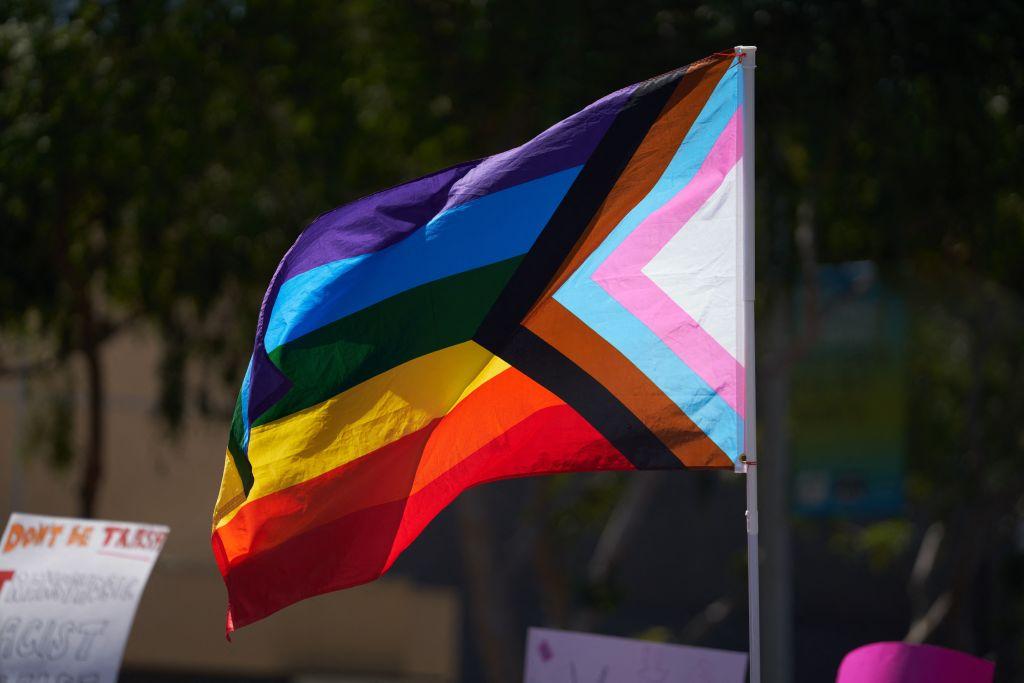Commentary
Pride Month—formerly known as June—began this year with the usual glut of rainbow flags, parades, school assemblies, and government and corporate cheerleading of LGBT identities in America’s blue cities and states.

Pride Month—formerly known as June—began this year with the usual glut of rainbow flags, parades, school assemblies, and government and corporate cheerleading of LGBT identities in America’s blue cities and states.